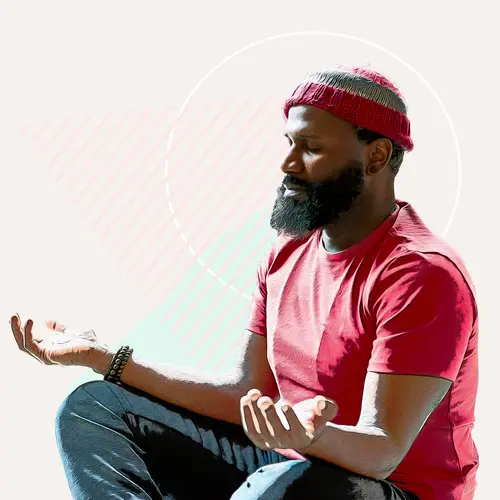Nov. 6, 2000 -- When a man came to Brian Frank, MD, complaining of pain in his face, Frank did the logical thing: He began asking questions about the man's stomach. Logical? It is if you've studied Chinese medicine. According to Eastern principles, a line of energy, called a meridian, runs from the face to the stomach.
"Knowing that led me to ask questions about something the patient wasn't even complaining about," says Frank, an internist. Sure enough, the man had a tumor in his stomach. Chemotherapy took care of it, but were it not for Frank's knowledge of meridians, doctors might not have found the problem until it was too late.
Frank is one of a growing number of Western doctors who are also trained in Chinese medicine. Each one can tell stories about how they managed to diagnose diseases that Western techniques missed. By reading pulses in 12 places, scrutinizing tongues, sniffing for tell-tale odors, and studying a person's appearance, they find clues that might not show up in MRI scans and blood tests.
Chinese treatments have gained credibility in recent years. The NIH recently endorsed acupuncture for pain, and evidence is mounting for many Chinese herbs. Far less attention has been devoted to the Chinese diagnostic system, however, which is based on intangible concepts of energy flow and balance. Yet MDs familiar with it say it has at least as much to offer.
Dramatic Increase
Last year, some 500 U.S. MDs obtained training in Chinese medicine that meets international standards, says Frank, president of the American Academy of Medical Acupuncture. "There's been a dramatic increase in the last five years." One reason, he says, is that Chinese medicine is particularly good at getting to the bottom of complicated, chronic illnesses with multiple symptoms that sometimes frustrate Western physicians. "It's quite amazing how things that don't make sense from a Western perspective make sense from an Oriental perspective."
That doesn't mean that Frank and other physicians who use Chinese techniques avoid Western ones. Instead, they use the two together. "If lab tests are in the gray zone or something like an X-ray is not definitive, Chinese diagnostic tests can give you added information," says Bradley Williams, MD, a family physician in Phoenix. Like Frank, Williams has found that Chinese techniques have helped him detect problems earlier than Western techniques. In one instance, Williams was seeing a patient who had a history of heart problems but who was not exhibiting any typical signs of immediate danger from the standpoint of Western medicine. Yet after taking her pulse in the Chinese fashion, he had her hospitalized immediately and contacted her cardiologist. When the women went into cardiac arrest hours later, the cardiologist was there to treat her, probably saving her life.
Testing the tests
Most of the scientific research into Chinese medicine has focused on treatments. But a handful of studies have validated diagnostic techniques as well. In one early study, published in the April 1980 issue of Pain, 40 patients complaining of pain in their muscles and joints were covered with sheets to blind the examiners to any possible physical signs of pain. To diagnose them, specially trained doctors who had never seen the patients before examined acupuncture points in their ears that corresponded to various parts of their body. They were able to accurately identify the location of the patient's pain in three quarters of the patients. In another study, conducted by Japanese researchers and published in the May 1993 issue of Clinical Cardiology, a physician was able to identify patients with heart disease with 84% accuracy also by using acupuncture points in the ear.
Of course, such studies don't convince everyone. Victor Herbert, MD, a professor of medicine at Mt. Sinai NYU Health System, distrusts Chinese diagnostic methods because they can't be explained in terms of Western biology. "There's no science behind it," he says. "The pulse diagnosis is not based on any underlying principles about what makes the heart beat."
Patients used to be concerned about such inconsistencies, too, says Williams. "Now they're not only much more receptive to the idea, a lot of them come to me for the added diagnostic procedures," says Williams.
Linda Roby, a 46-year-old minister in Dallas, was skeptical at first. "When the doctor had me do things like stick out my tongue, my first thought was, 'What does this have to do with anything?'" she says. But after the tests helped identify her allergies, Roby became a believer.
Part of what attracts patients to doctors like Frank and Williams is that Chinese techniques lead them to give their patients a kind of personal attention that is often missing in modern clinics. "Earlier in Western medicine, doctors spent time getting a patient's history, conducting a physical exam and listening to the patient," says Frank. "Today, all that often gets lost."
Daryn Eller is a freelance writer who has contributed to Health, Cosmopolitan, Self, and Family Circle.
